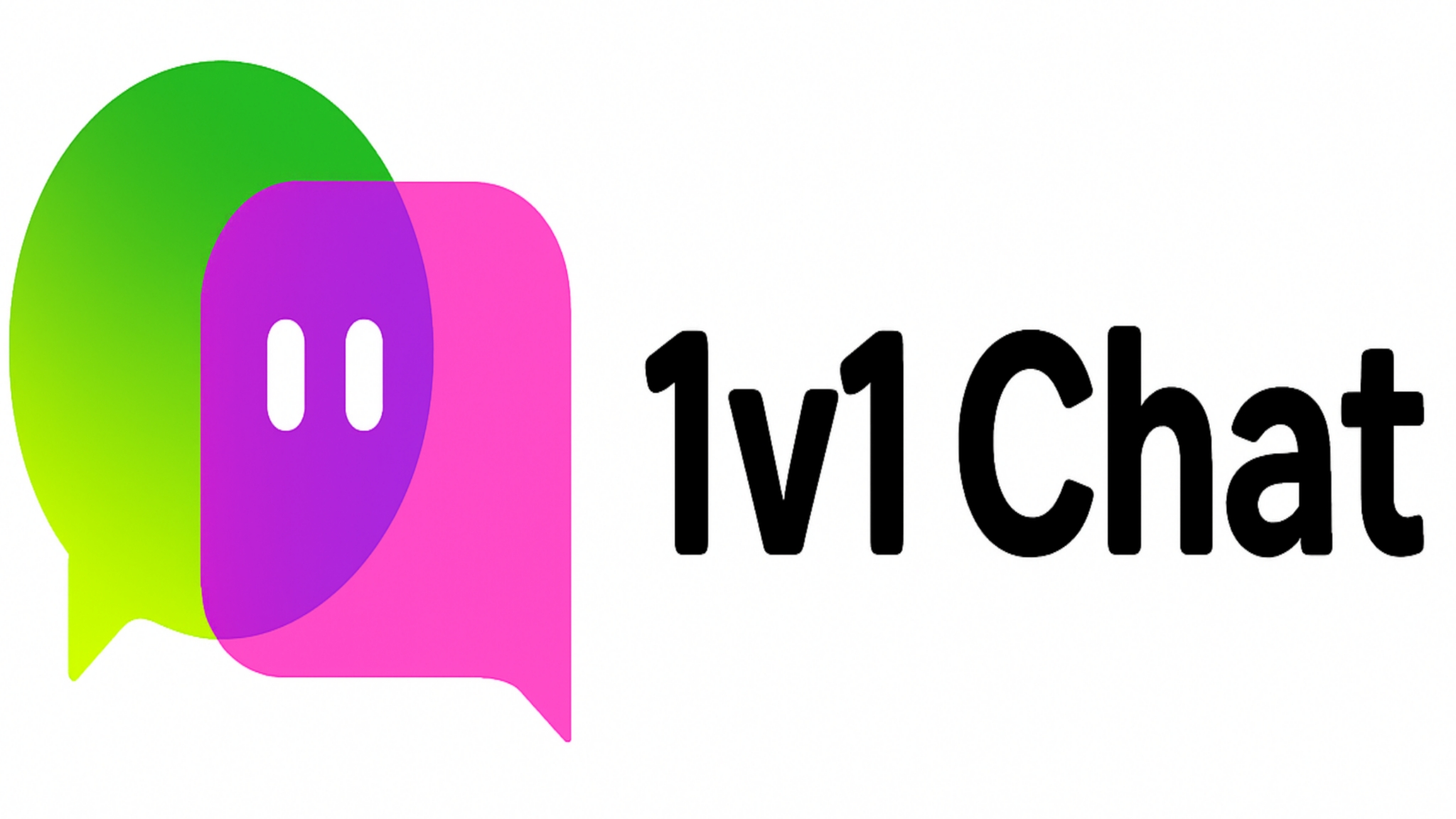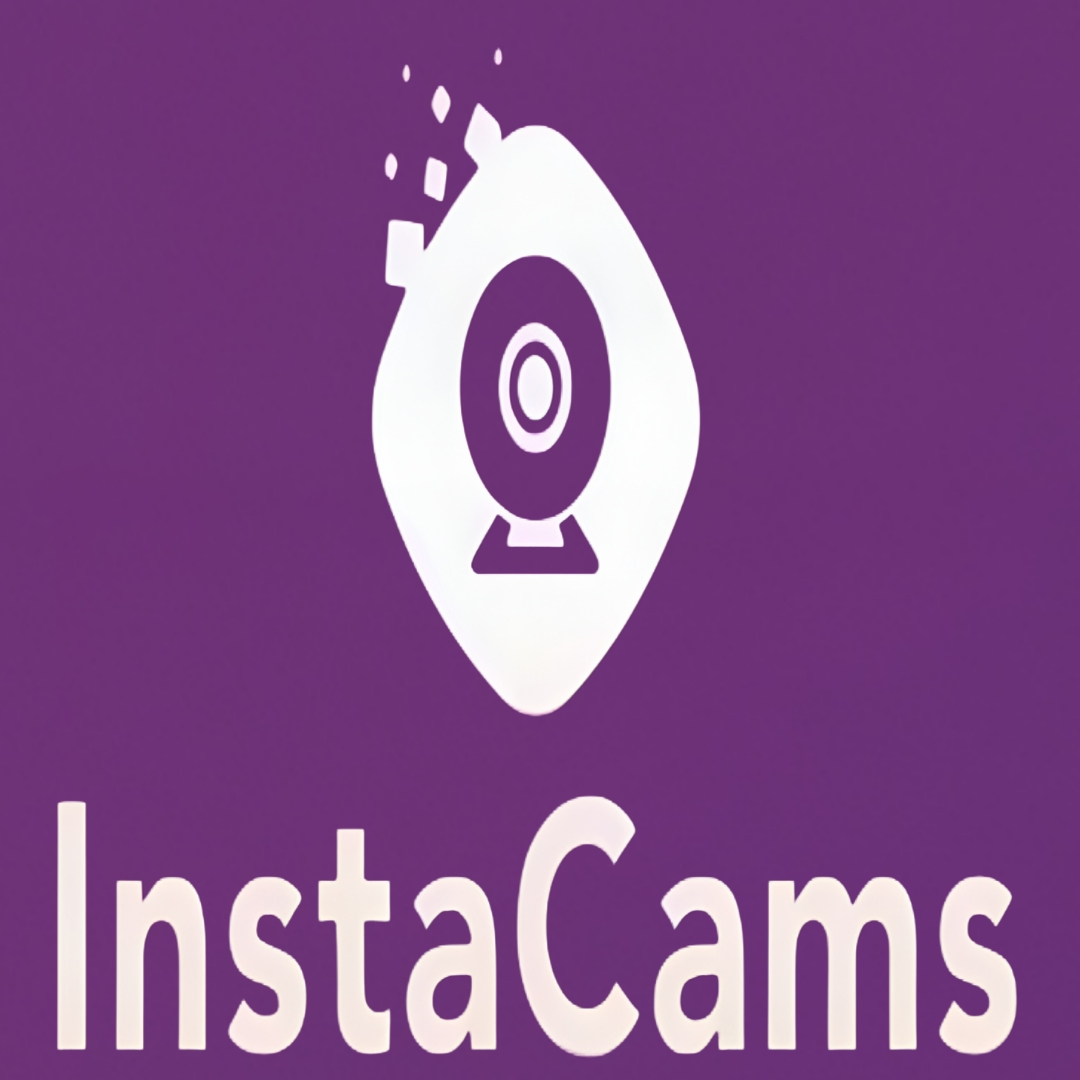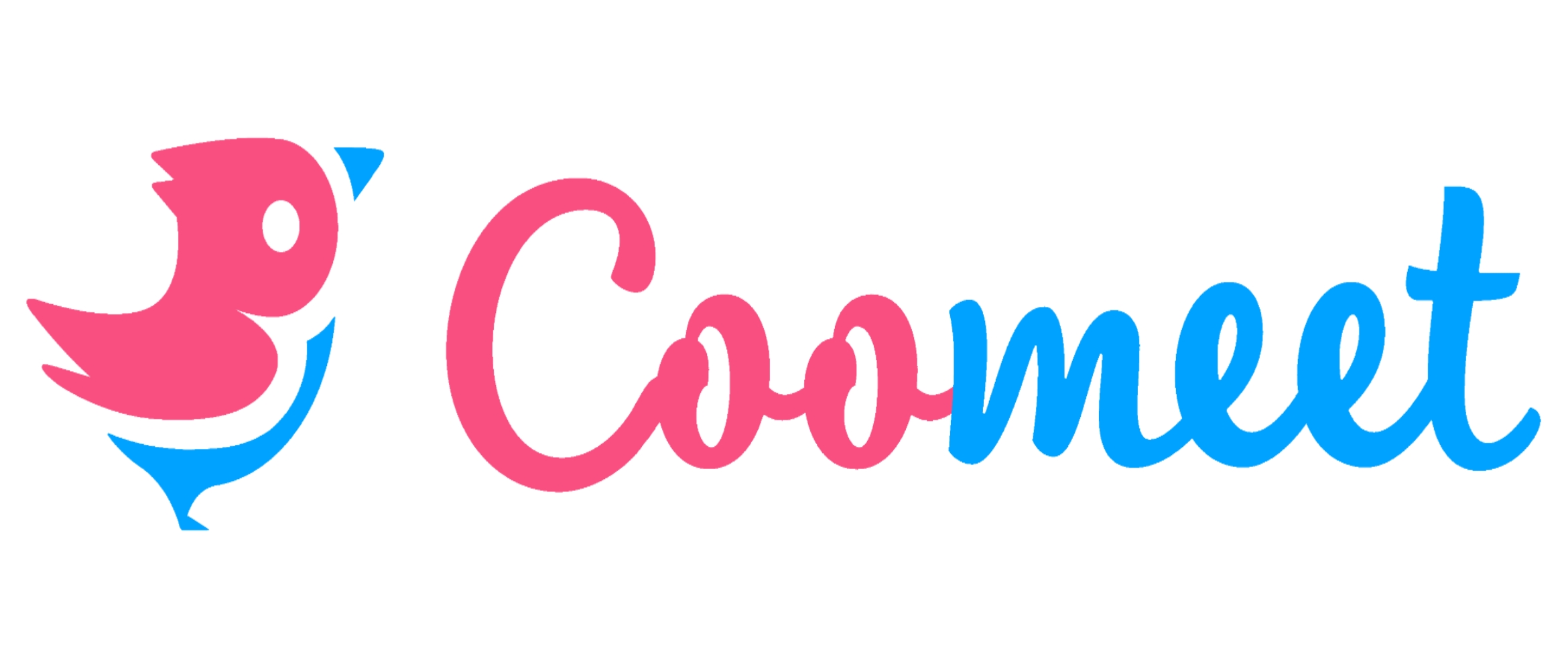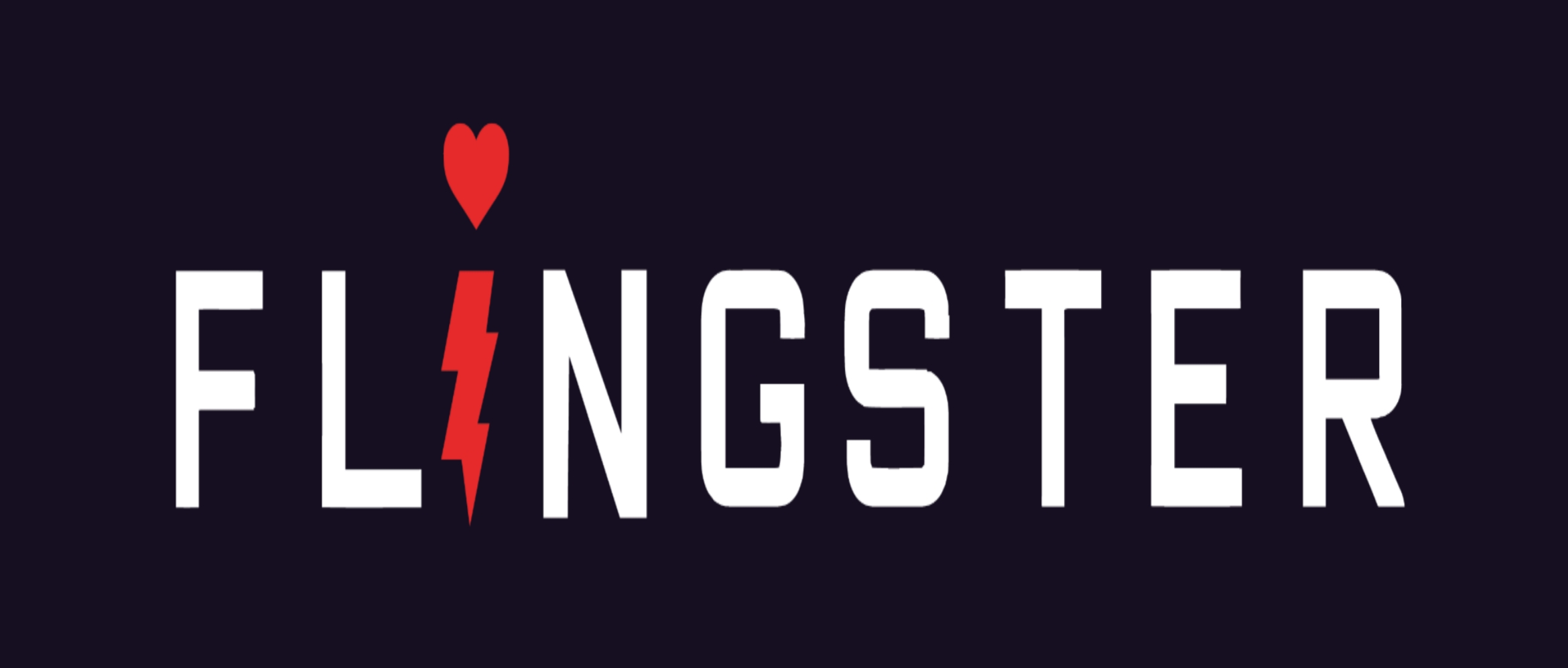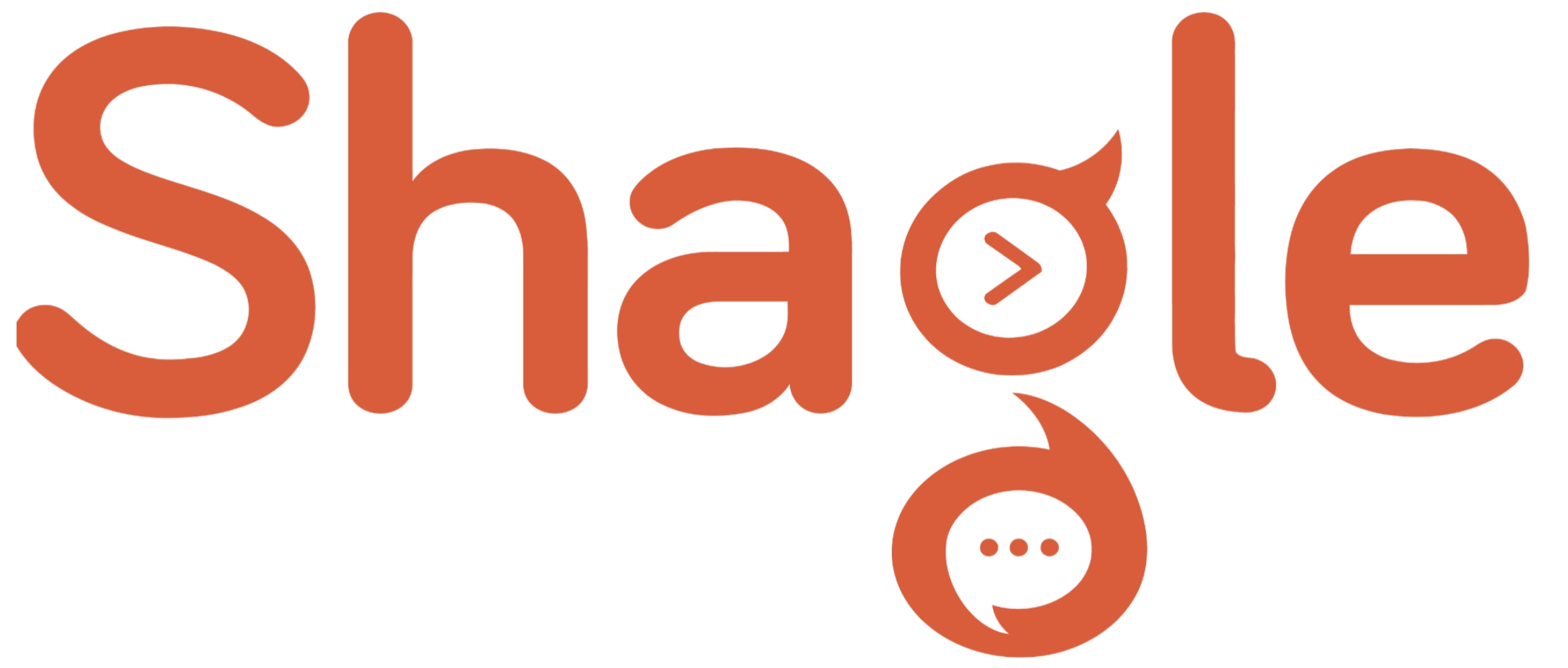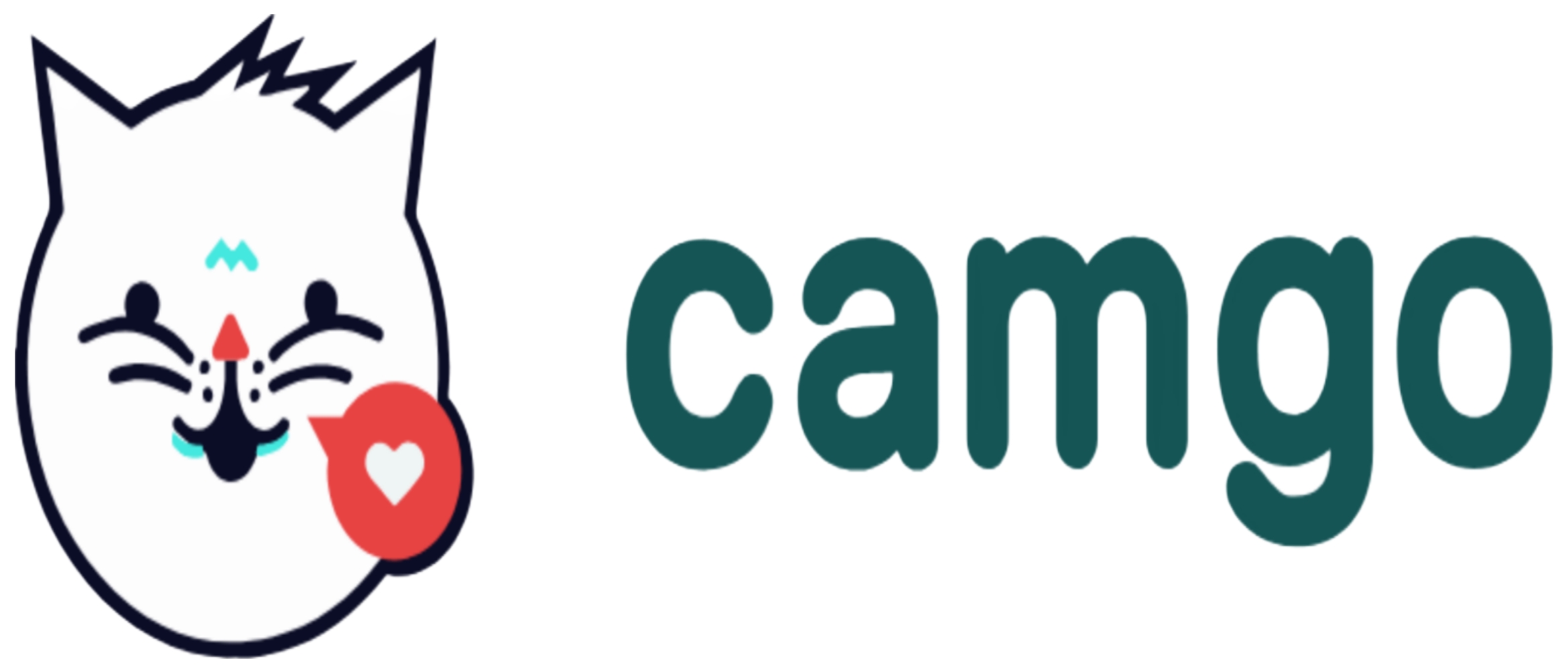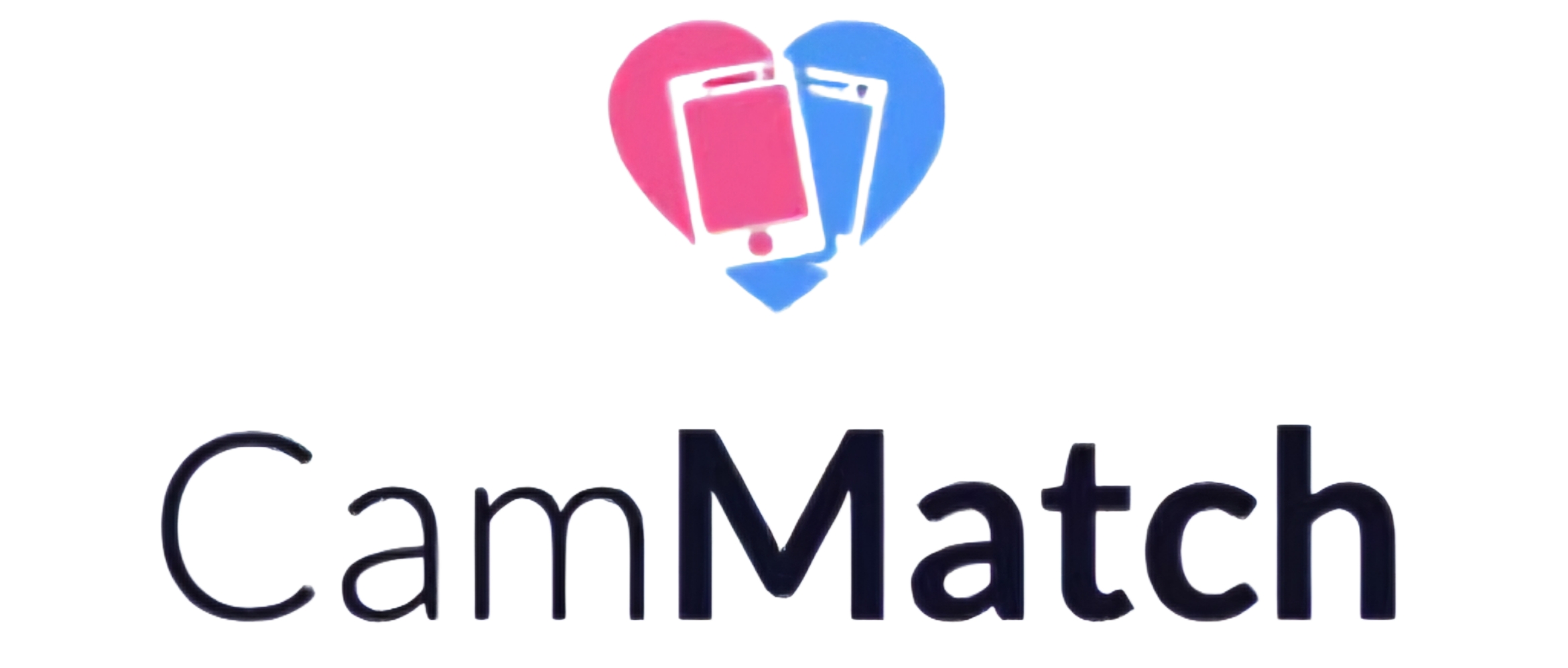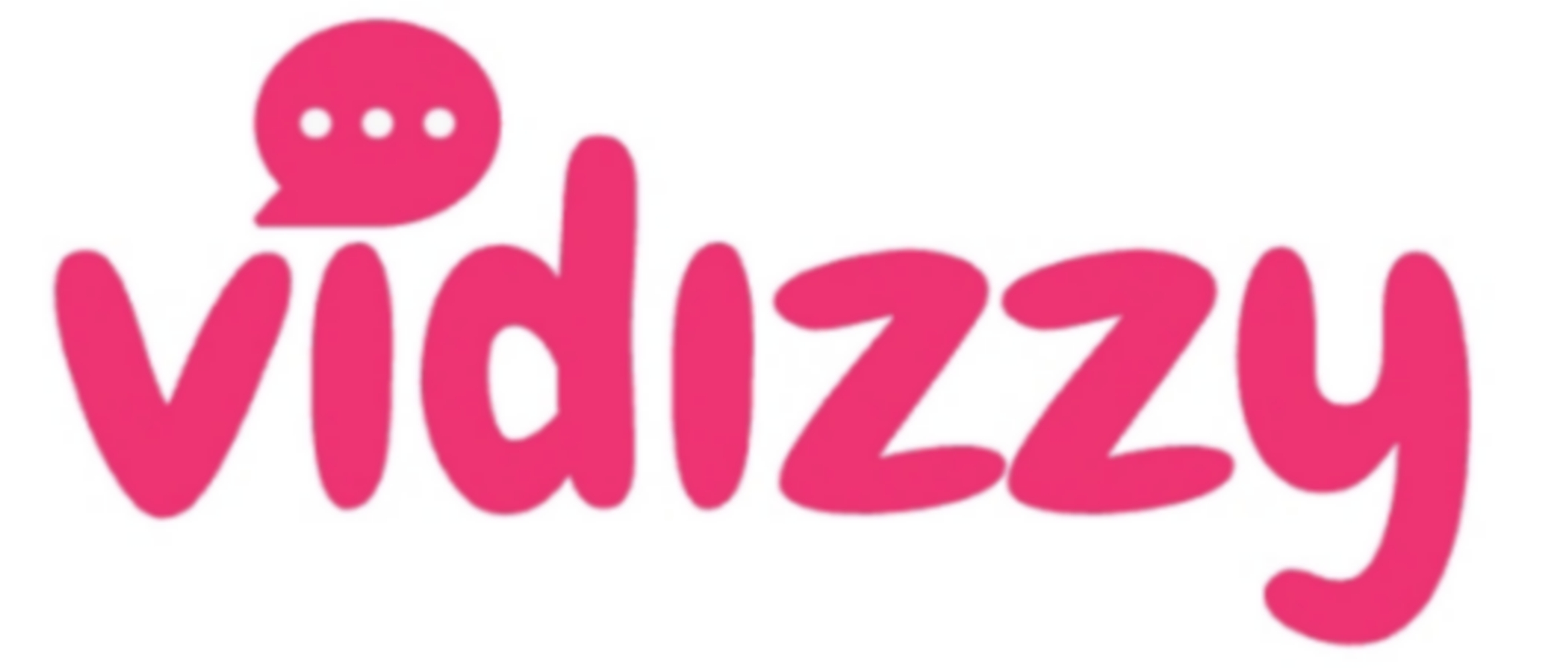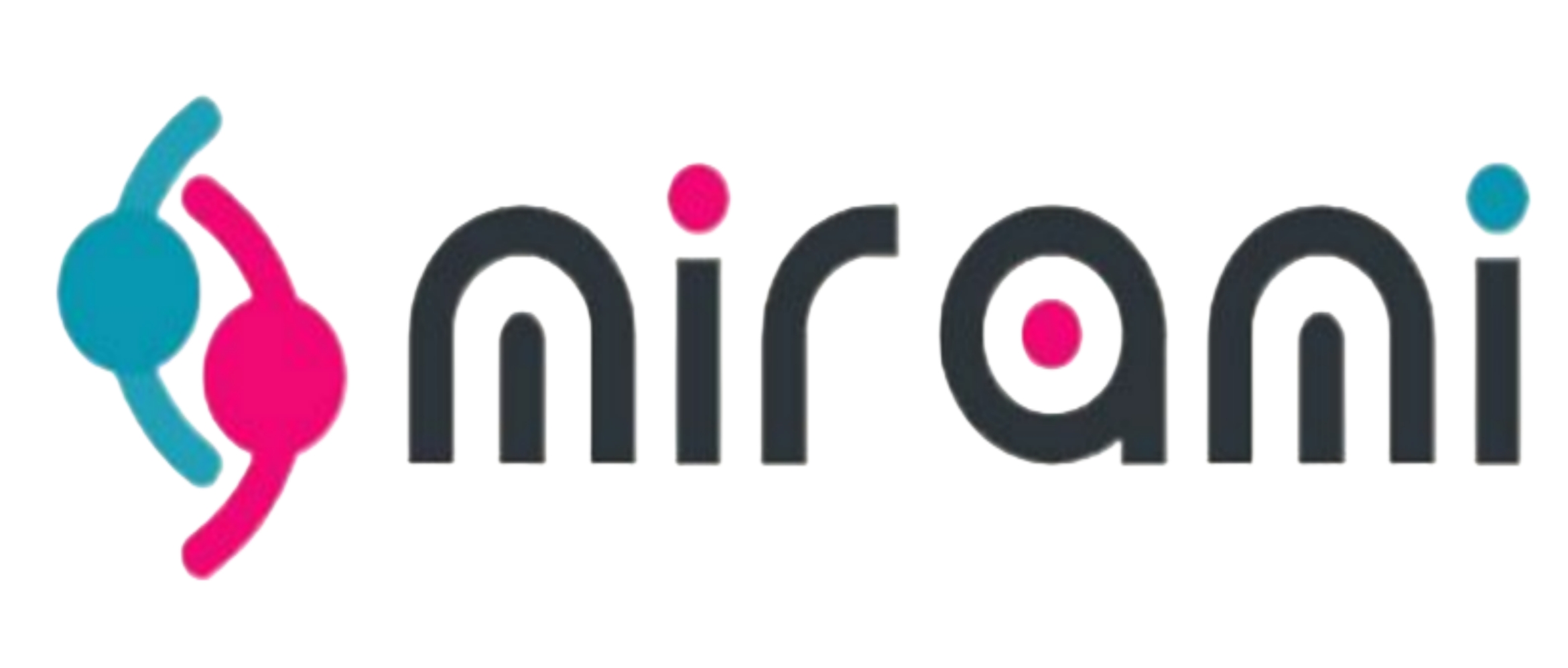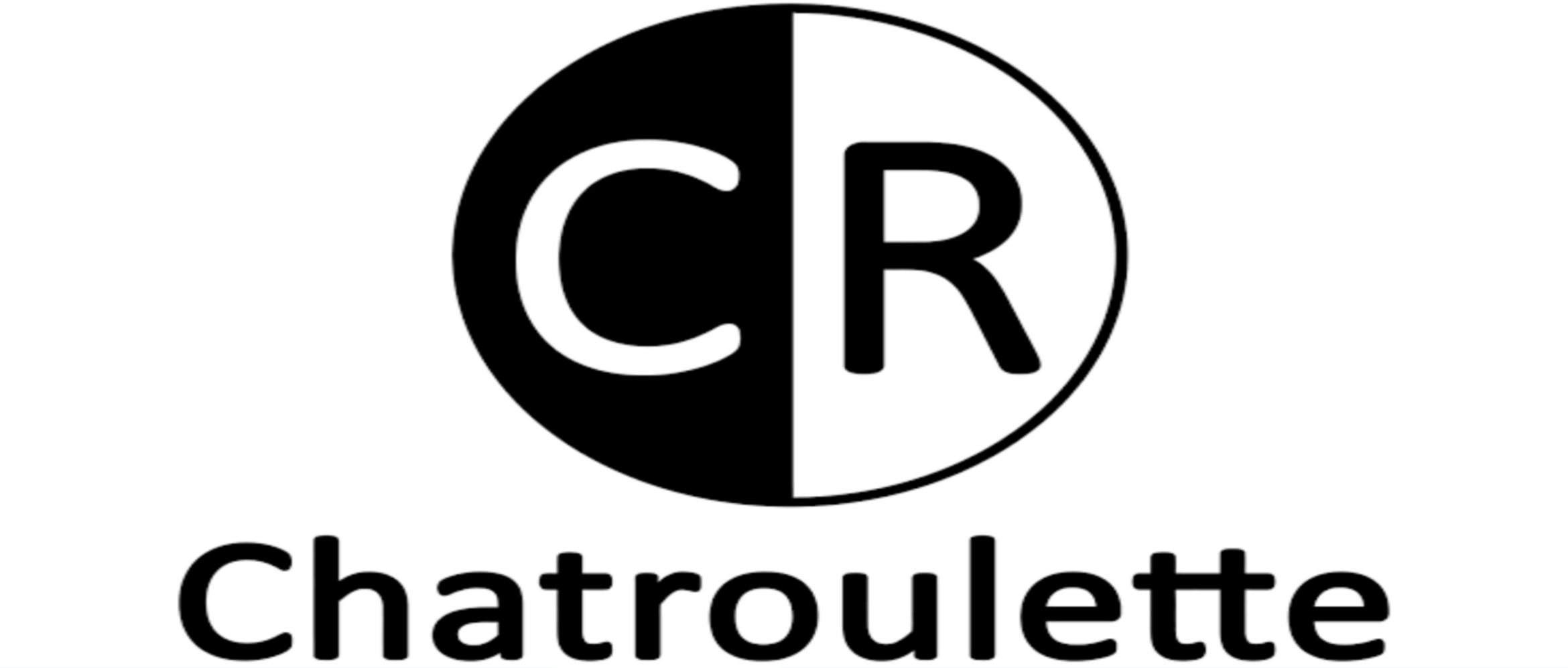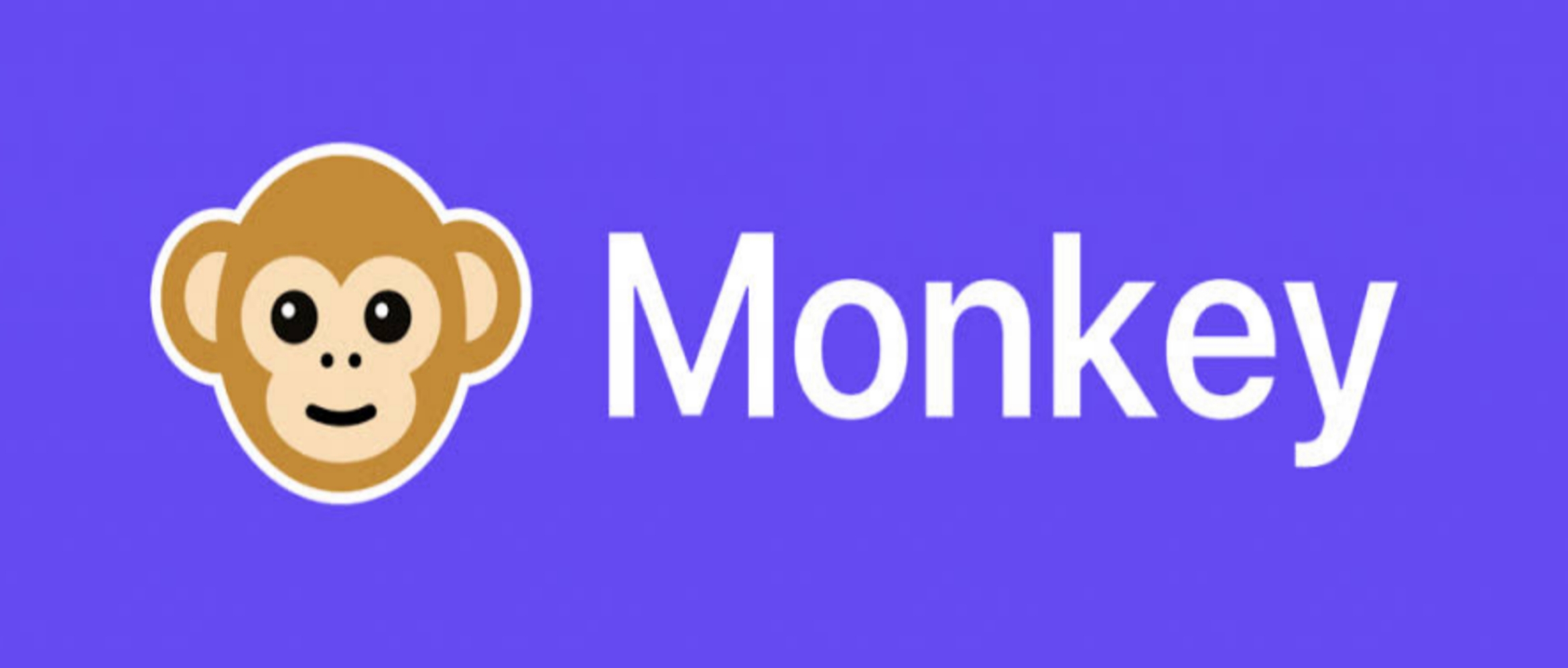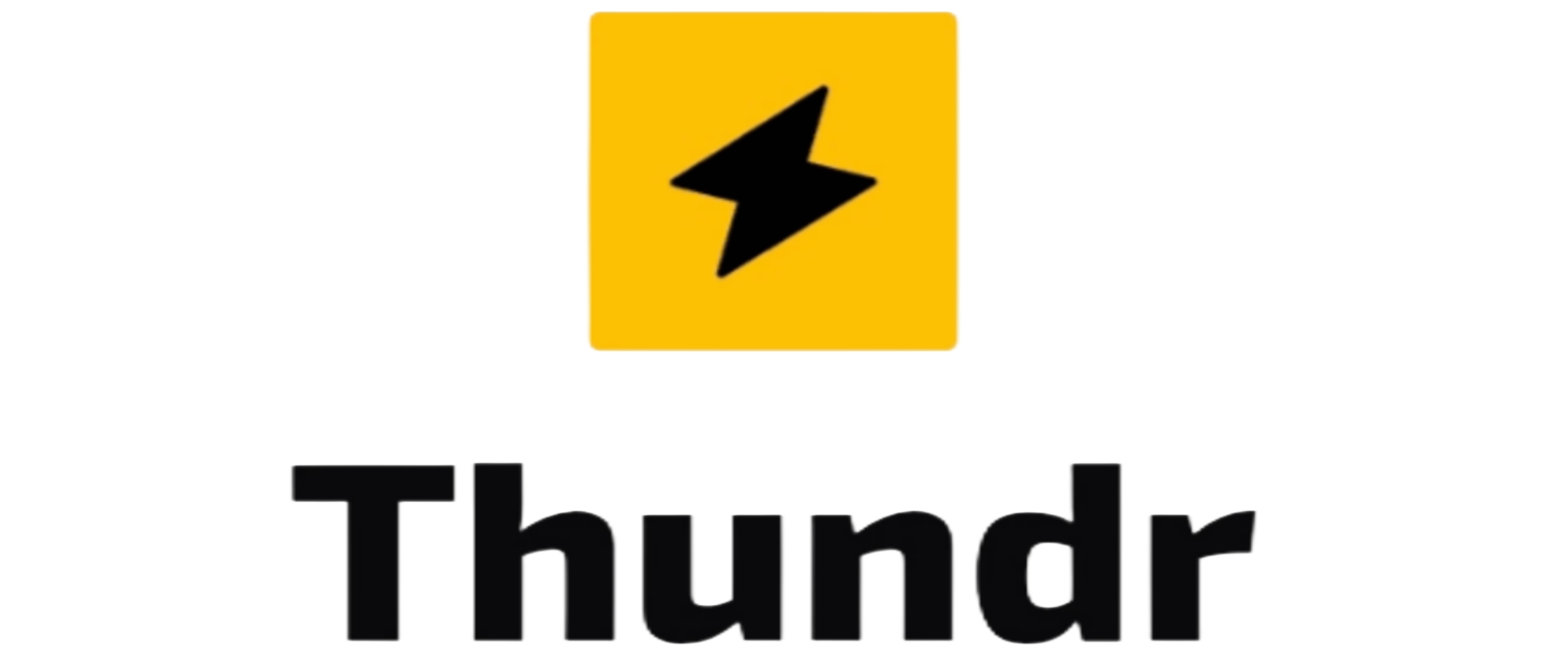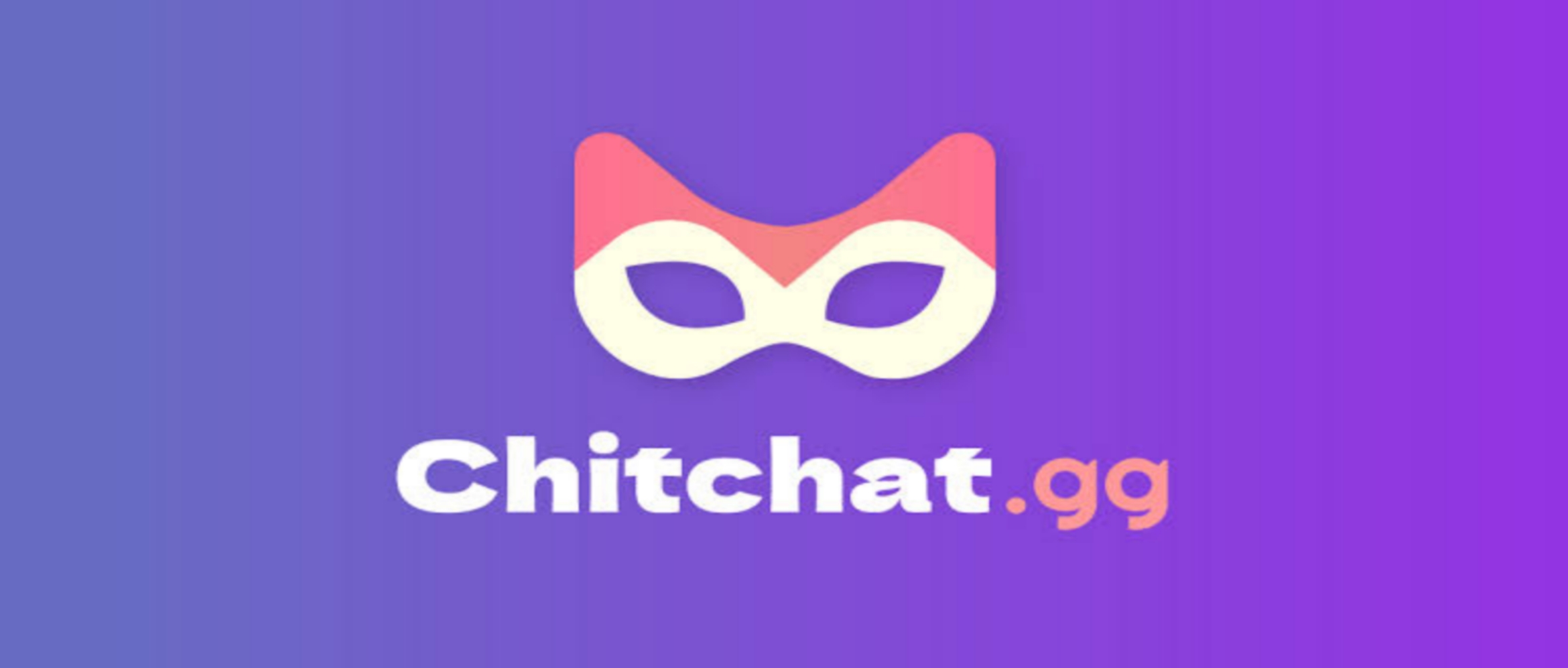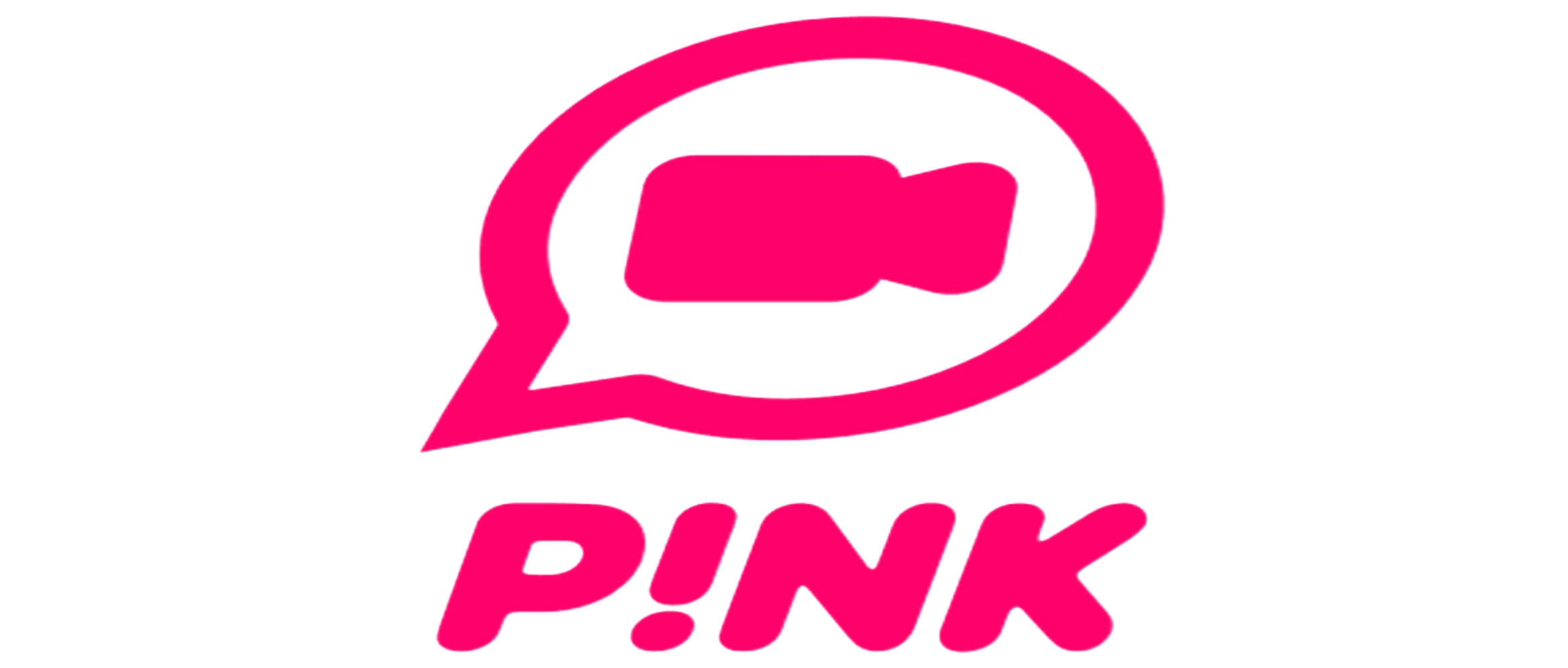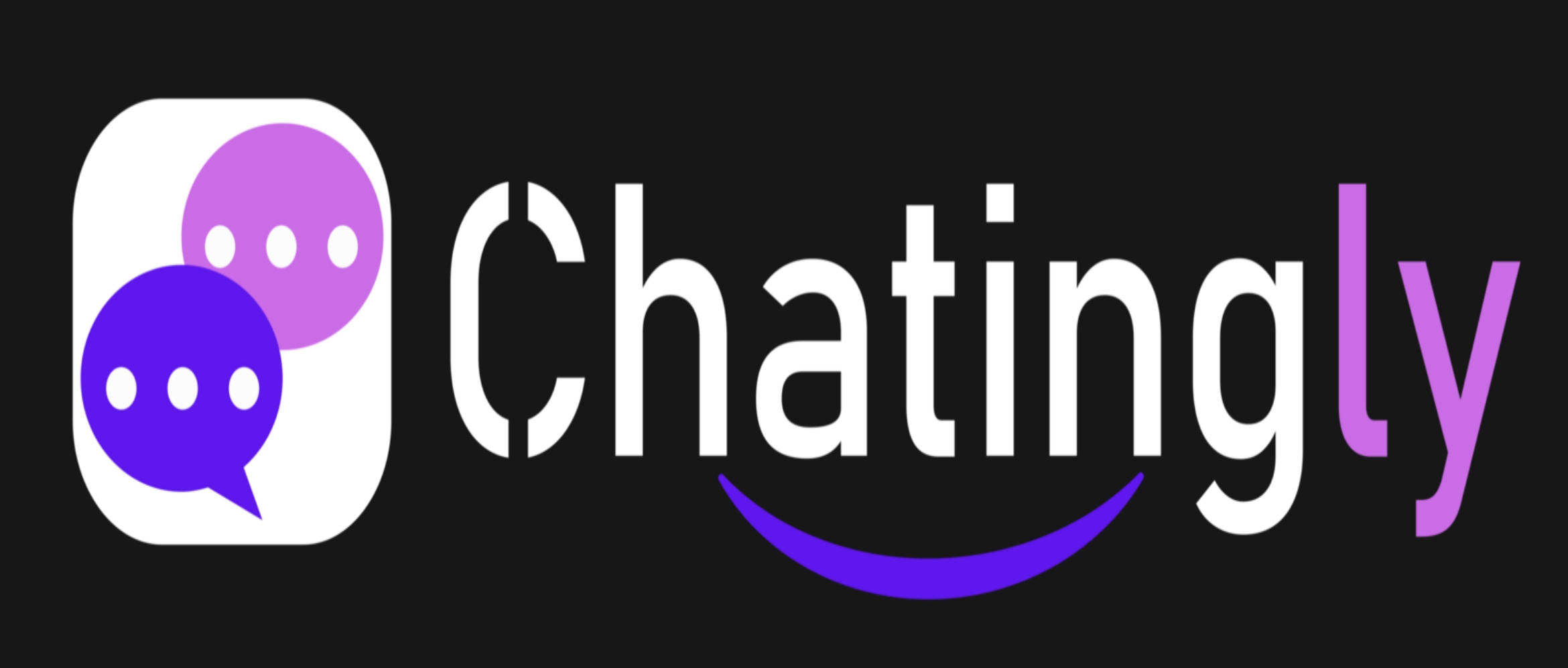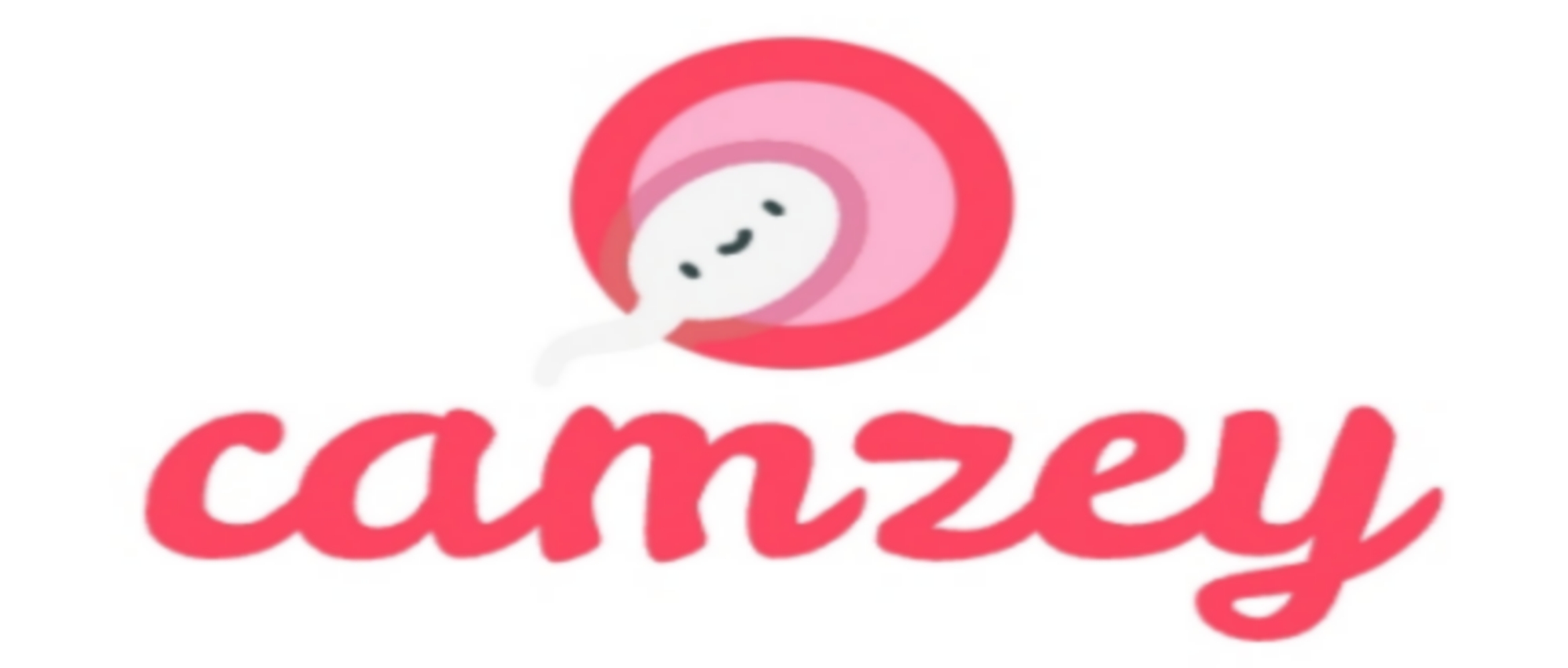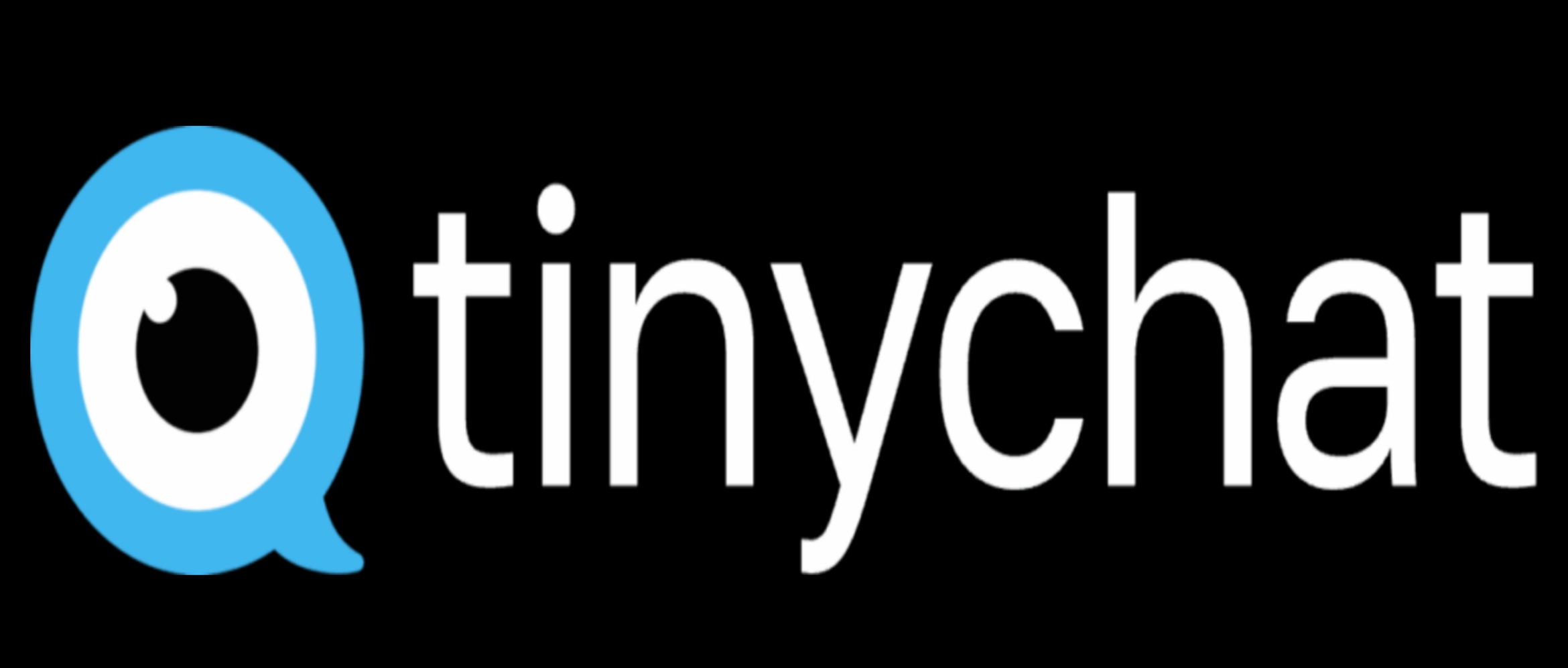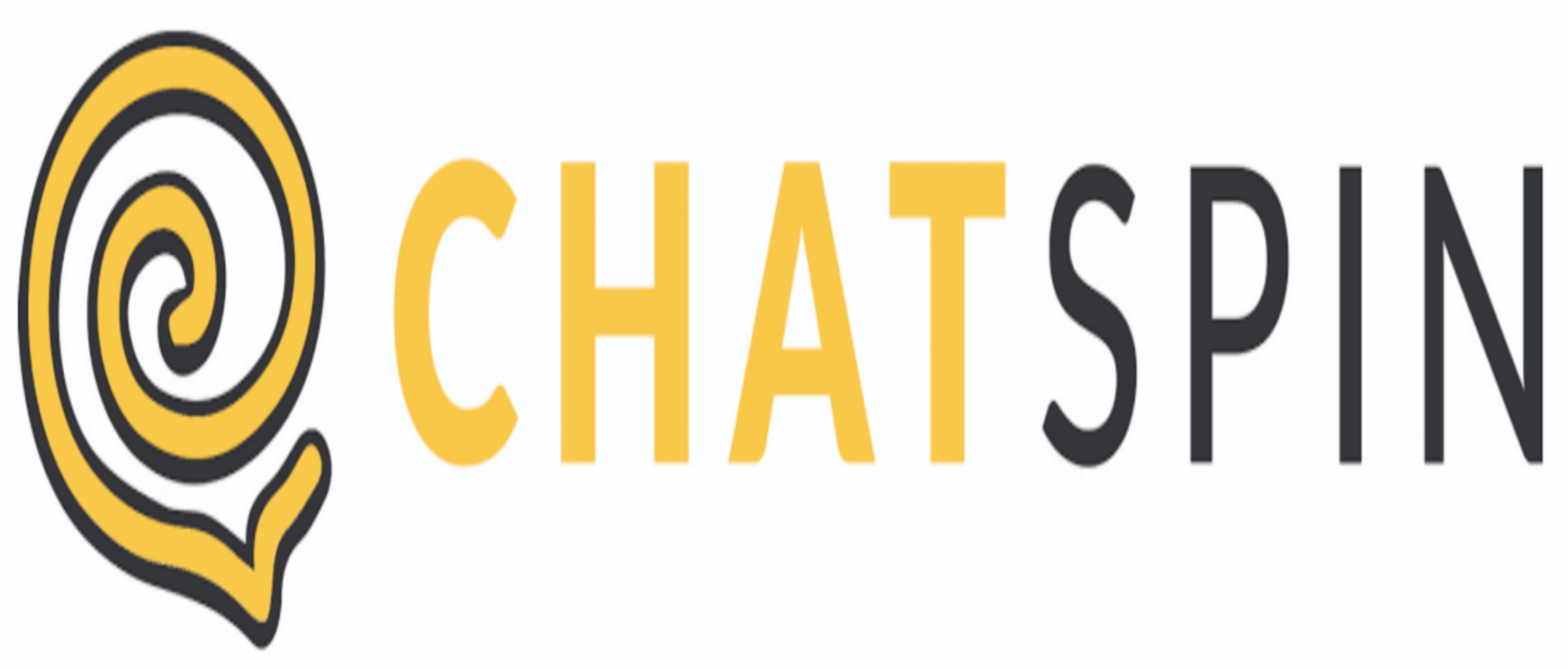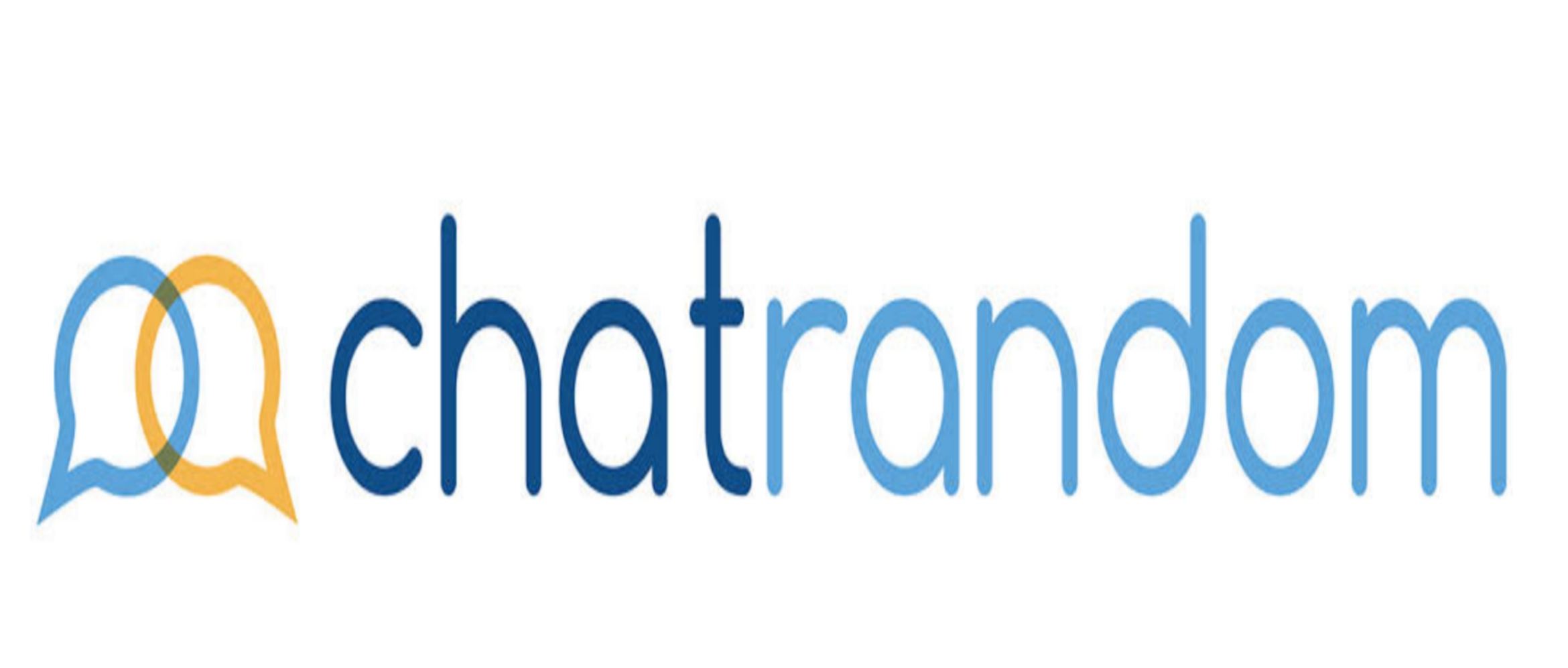1v1 video chat has become one of the most powerful ways to connect in the digital age. Unlike text messages or crowded group calls, this format focuses entirely on two people, creating a direct and personal connection. Whether it’s friends catching up, colleagues brainstorming, or strangers meeting for the first time, one-on-one video conversations replicate the authenticity of real-life meetings.
Recent studies suggest that people retain 70% more information when video cues like facial expressions and tone are present. That’s why 1v1 video chat is booming—not just as a casual tool but as a professional necessity. From virtual interviews to long-distance relationships, the ability to see and hear someone in real time builds trust and deepens communication.
But not all platforms are created equal. Some are designed for casual random chats, while others are tailored for business collaboration. In this comprehensive review, we’ll break down everything about 1v1 video chat—how it works, which platforms stand out, its advantages, disadvantages, safety concerns, and the future of one-on-one digital communication.
What Is a 1v1 Video Chat?
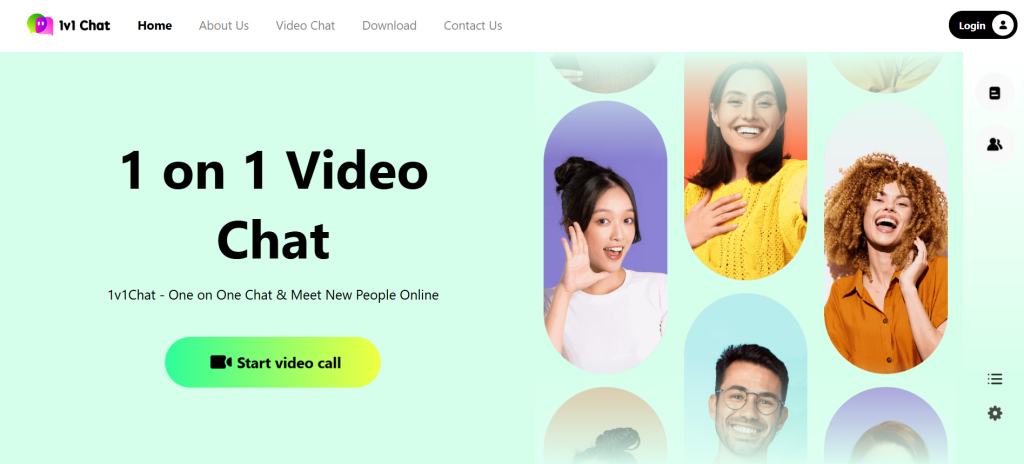
At its core, 1v1 video chat is the simplest yet most powerful form of digital communication: a real-time, face-to-face interaction between just two people using internet-connected devices. Unlike group calls that often feel chaotic, or text conversations that strip away non-verbal cues, a 1v1 setup recreates the intimacy of in-person meetings. You see the other person’s facial expressions, hear the tone in their voice, and observe subtle gestures—all of which make the conversation more authentic and human.
This format has become a go-to for people seeking focused, distraction-free communication. From students practicing foreign languages with tutors, to professionals conducting interviews, to friends catching up across continents, 1v1 video chat creates a sense of presence that texting or audio calls simply cannot replicate.
Key Highlights of 1v1 Video Chat:
- Direct Communication – Just two participants, ensuring conversations remain focused and personal.
- Real-time Video & Audio – Live interaction mirrors natural, face-to-face conversations.
- Privacy & Security – Many platforms support end-to-end encryption, keeping chats confidential.
- Cross-device Access – Works seamlessly on smartphones, laptops, tablets, and even web browsers.
- Flexible Use Cases – Suitable for casual chatting, online dating, professional meetings, or mentoring sessions.
Why It Matters Today
Unlike older anonymous platforms such as Omegle, which relied heavily on randomness but often lacked proper safeguards, modern 1v1 video chat platforms combine spontaneity with security. They integrate safety tools, interest-based filters, and moderation systems to ensure conversations are not only engaging but also respectful.
This evolution has transformed 1v1 video chat from a “fun experiment” into a mainstream communication tool. Businesses use it for one-on-one coaching, doctors for virtual consultations, and casual users for quick social interactions. With global connectivity and the ability to personalize each chat, it’s no wonder this format has become essential in both personal and professional spaces.dern 1v1 video chat solutions combine spontaneity with security. This shift makes them attractive to both casual users and professionals.
Features of 1v1 Video Chat
What makes 1v1 video chat so compelling is not just the simplicity of one-on-one conversations but the powerful set of features that modern platforms provide. These tools transform ordinary chats into engaging, safe, and personalized experiences. While every app brings its own twist, here are the essential features you’ll typically find:
1. Instant Random Video Connections
The core appeal of 1v1 video chat is its ability to connect users instantly. With a single click, you’re paired with someone new—sometimes from the other side of the world. This spontaneity makes the experience exciting, whether you’re just looking for casual small talk, cultural exchanges, or practicing another language with a native speaker. Unlike traditional social networks, you don’t need to wait for requests, approvals, or friend lists—connection happens in seconds.
2. Interest-Based Filters
While randomness is fun, not every match will be relevant. That’s where interest-based filters come in. Many platforms let you refine who you connect with by setting preferences like hobbies, age, gender, or location. For example, a college student might filter by “music” to meet other aspiring musicians, while a traveler might connect with locals in a country they plan to visit. These filters add purpose to randomness and increase the chances of forming meaningful connections.
3. High-Definition Video Quality
Gone are the days of pixelated, laggy chats. Modern 1v1 video chat platforms prioritize HD video and low latency connections. This means you see crystal-clear visuals, catch subtle facial expressions, and enjoy real-time conversations without awkward pauses. For professional use cases—like virtual interviews or consultations—this level of quality is non-negotiable. For casual users, it simply makes chats more natural and enjoyable.
4. Text Chat Options
Not every conversation needs to be on video. Many apps include text-only chat modes for moments when bandwidth is limited, the environment isn’t ideal for video, or users simply feel more comfortable typing. This flexibility widens the appeal, making the platform accessible to both outgoing users who enjoy video and those who prefer the subtlety of text-based communication.
5. Privacy Controls
In today’s digital age, privacy is a top concern. The best 1v1 video chat platforms provide robust privacy options, such as:
- Using pseudonyms instead of real names.
- Turning off cameras or microphones.
- Limiting profile visibility.
- Hiding interests or location if desired.
This balance between openness and discretion allows users to stay in control of what they share, giving them confidence to explore the platform without risking personal data.
6. Moderation & Safety Tools
Safety is where modern platforms have evolved far beyond older chat sites like Omegle. Through AI-driven moderation, keyword detection, and human oversight, inappropriate behavior is flagged in real time. Users also have access to block, mute, or report features, empowering them to take immediate action against harassment. This focus on community standards fosters a cleaner, more respectful environment.
7. Social Media Integration
Some apps go beyond standalone chats by offering social media integration. For instance, Monkey allows users to link their Snapchat, making it easy to stay in touch beyond a single video session. This creates continuity—turning fleeting conversations into potential friendships or networking opportunities. It’s a bridge between spontaneous interaction and longer-term connection.
8. Multi-Device Support
Life is mobile, and 1v1 video chat platforms are built to keep up. Most modern services work seamlessly across smartphones, tablets, laptops, and web browsers. This ensures you can jump into a chat whether you’re at home on your desktop, commuting with your phone, or relaxing with a tablet. Many platforms even support smooth switching between devices, so conversations don’t need to pause when you move.
Pricing and Monetization
The good news is that most 1v1 video chat apps are free to use at their core. But like many digital services, they often follow a freemium model—offering essential tools to everyone while reserving advanced features for paying subscribers. This structure makes platforms accessible while giving power users the option to enhance their experience.
Free Tier – The Essentials for Everyone
Almost every 1v1 video chat platform provides a free entry point, ensuring users can test the waters before investing. These free features typically include:
- Unlimited video and text chats – Core functionality remains open to all, allowing conversations without time caps.
- Basic interest filters – Simple refinements like age range or general topics help guide connections.
- Standard video quality – Usually SD or 720p, which is sufficient for casual use but not ideal for professional calls.
- Report and block tools – Even free users get safety controls, maintaining a baseline of security across the platform.
- Occasional ads – On some apps, the free tier is supported by advertising, which can interrupt the flow of conversations.
For many casual users, the free plan is more than enough, offering instant connections without commitments.
Premium Plans – Unlocking Extra Value
For users who want more control, smoother interactions, and better visibility, premium subscriptions deliver noticeable upgrades. While offerings differ by app, common perks include:
- Advanced filters – Drill down by gender, precise location, language, or shared interests for more meaningful matches.
- Ad-free browsing – Eliminate pop-ups and banners that disrupt the experience.
- Boosted visibility – Premium users often get prioritized in matchmaking queues, leading to faster and higher-quality connections.
- Priority moderation – Quicker handling of reports and stronger safeguards against inappropriate content.
- HD or 4K video resolution – Essential for professionals or anyone who values crisp visuals during calls.
- Custom branding or profile options – Some platforms allow premium users to add personal flair or brand elements, making profiles stand out.
These features are designed to transform casual chatting into a premium social experience—ideal for creators, streamers, or anyone who takes online networking seriously.
Typical Pricing Structures
Pricing for 1v1 video chat apps varies depending on the platform’s audience and features. Here’s a breakdown of what’s common:
- Entry-Level Premium Plans – Ranging from $5–$10/month, these plans usually unlock ad-free use, slightly better filters, and higher video quality.
- Mid-Tier Subscriptions – Priced around $15–$25/month, offering advanced matchmaking filters, priority moderation, and boosted visibility.
- High-End or Pro Plans – Some platforms introduce “pro” or “enterprise” options, charging $30–$50/month (or more). These often cater to creators, professionals, or businesses with needs like analytics, recording options, or branding tools.
- Pay-As-You-Go Tokens – Instead of monthly subscriptions, some apps sell credits or tokens. Users spend these on premium filters, priority boosts, or gifts within chats—common in gamified platforms.
Why Monetization Matters
Freemium pricing is not just about generating revenue—it’s also about shaping the community. Free access ensures diversity and global reach, while premium tiers reward those who want tailored, distraction-free experiences. This dual system keeps platforms sustainable without locking casual users out of the fun.
For users, the decision comes down to priorities:
Businesses and influencers often see value in advanced tiers for branding and analytics. others sell credit bundles for boosts. Compared to alternatives like Coomeet (heavily monetized) or Shagle (ad-heavy), freemium 1v1 apps often strike a better balance between accessibility and profitability.
Casual chatters are fine with free access.
Frequent users or professionals benefit from premium upgrades.
Who Uses 1v1 Video Chat?
The user base is incredibly diverse. The 18–45 age group dominates, but the range spans from students to professionals.
- Students – Use it for cultural exchanges and language learning.
- Professionals – Rely on it for virtual interviews, brainstorming, or one-on-one coaching.
- Digital Nomads – Stay connected globally without physical boundaries.
- Casual Users – Seek companionship, fun, or casual networking.
- Online Daters – Prefer face-to-face interaction before deeper commitments.
Unlike group apps, which can feel chaotic, 1v1 video chat appeals to those who crave focused and uninterrupted conversations.
Advantages of 1v1 Video Chat
- Ease of Use – No steep learning curve; most apps work with one click.
- Personalization – Interest filters make conversations more engaging.
- Privacy Options – Pseudonyms, hidden interests, and encrypted chats protect users.
- Global Reach – Breaks down geographic barriers for friendships or collaborations.
- Efficiency – Real-time interaction reduces delays in communication.
- Emotional Connection – Body language and expressions build trust faster than texts.
Disadvantages of 1v1 Video Chat
- Connectivity Issues – Poor internet can cause lag or dropped calls.
- Anonymity Risks – Like all random chat platforms, inappropriate behavior is still possible.
- Premium Dependency – Advanced filters or ad-free modes are often locked behind subscriptions.
- No Guaranteed Match Quality – Even with filters, conversations may be shallow.
- Privacy Concerns – Platforms requiring camera and mic access may raise security questions.
Privacy and Safety
Safety is a major concern, and the best 1v1 video chat platforms tackle it with layered solutions:
- Encrypted Connections – Protect private conversations.
- Minimal Data Collection – Avoids unnecessary tracking.
- Real-Time Moderation – AI filters and human oversight reduce harmful behavior.
- User Controls – Block/report buttons are easily accessible.
- Optional Anonymity – Users can switch off cameras or use pseudonyms.
In short, while no platform is flawless, responsible apps have made 1v1 video chat significantly safer than older alternatives.
Comparison With Alternatives
Here’s how 1v1 video chat stacks up against other formats:
- Group Calls (Zoom, Teams) – Great for collaboration, but lack intimacy.
- Text Chats (WhatsApp, Messenger) – Convenient but miss non-verbal cues.
- Random Chat Apps (Omegle, Chatroulette) – Fun but poorly moderated.
- Professional Platforms (Google Meet, Skype) – Secure but too formal for casual use.
Verdict: 1v1 video chat strikes the balance—intimate, secure, and flexible.
FAQs About 1v1 Video Chat
What is 1v1 video chat?
It’s a real-time face-to-face digital conversation between two people via internet-connected devices.
Is 1v1 video chat safe?
Yes—if you use trusted platforms with encryption and moderation tools.
Do I need an app?
Not always. Some services are browser-based, while others offer mobile apps.
Can I use it for dating?
Yes! Many platforms are tailored for romantic conversations, but always stay cautious.
Which devices support it?
Smartphones, laptops, tablets, and desktops with cameras and microphones.
What are the best apps?
Popular options include Zoom, Google Meet, FaceTime, Monkey, and dedicated random chat apps.
Do I need fast internet?
At least 3 Mbps for HD calls; higher speeds for smoother streaming.
Is it free?
Most are free with optional premium upgrades.
Can I stay anonymous?
Yes, many apps allow pseudonyms, camera-off settings, and hidden interests.
How do I avoid inappropriate users?
Use platforms with strong moderation and report/block tools.
What makes it better than texting?
It conveys emotion, body language, and tone for more authentic communication.
Can it be used professionally?
Absolutely—for coaching, mentoring, interviews, or client calls.
Final Verdict
1v1 video chat has revolutionized online interaction by bringing authenticity and focus into digital conversations. It bridges the gap between convenience and emotional connection, making it equally useful for personal and professional settings.
With features like HD video, global access, and strong privacy controls, these platforms ensure interactions are both enjoyable and secure. While risks like connectivity issues or shallow interactions remain, the advantages far outweigh the drawbacks.
In today’s digital-first world, 1v1 video chat isn’t just a tool—it’s the future of personal communication.


